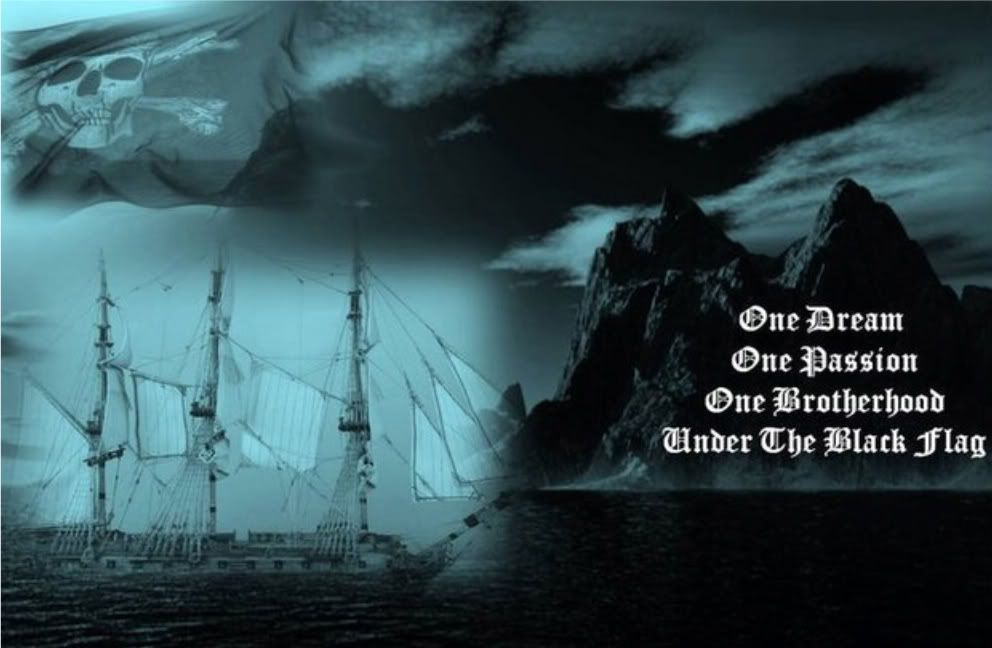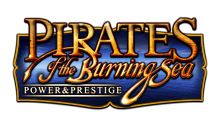The River Pirates on the Thames
The River Pirates on the Thames 4:12 π.μ.The London bobby on the beat is probably the most famous figure of the hundreds of police forces worldwide.
When home secretary Robert Peel finally forced through his MetropolitanPolice Bill in 1828, after six years of Parliamentary and publicresistance, he established a properly organised, city-wide lawenforcement service for the first time.
Their distinctive blue uniform and top hats were chosen to emphasise toa hostile populace that this wasn’t an army set up to control thegeneral public. Despite riots and attacks on the new force, the‘Peelers’ were here to stay.
But it’s a common misconception that the Met – replacing the rag bag ofdetective agencies, watchmen and Bow Street Runners which patrolled theold London – was the first modern force. That honour goes to the ThamesRiver Police, established some 30 years earlier. As so often before,the East End led the way, and certainly had a more pressing crimeproblem!
Silks, rum, tobacco
In the 1700s, London became the busiest and most important port inthe entire world, sitting as it did at the hub of a huge new empire.The West Indies, the Americas, the Far East and India – all werestations in this huge global enterprise by British merchants. And as aresult, tea, coffee, sugar, rum, spices, silks, furs, tobacco and manyother valuable commodities flooded through the wharves of Wapping.The East End had a valuable inshore trade, too, with coal fromNewcastle and fishing fleets landing hauls from the North Sea. Themerchants of Wapping flourished… but so did the thieves.
Some of the inbound ships never made it to the Pool of London. Piratesoperating further down the Thames toward Tilbury would waylay thevessels as they came in.
Wapping locals would have all the time in the world to observe craftbeing laden with outgoing goods during the working day and would briefthe pirates, who would intercept the unfortunate captains at night.Robbery with violence was the norm – any resistance would be dealt withat knifepoint.
Stolen goods
The processing of the stolen booty was a highly organised Wappingbusiness in itself, with 12 factories in the town receiving the goodsand selling them on throughout the City.But the greatest criminal element was within the docks themselves.There were around 33,000 lumpers, as the 18th century dockers wereknown, and 11,500 of them were known thieves. With no organised forceto patrol the river, the assorted band of mudlarks, long apron men,scuffle hunters, light horsemen and heavy horsemen (as the varioustypes of thief were colourfully known) were free to steal without fearof capture.
The Rum Boat Act of 1761 was intended to prevent theft but was neverenforced. Fortunately, in 1797, a man came along with a vision and aplan to establish law and order on the river.
John Harriot, a mariner and a ‘man of many parts’, constructed a planfor a force and took it to the Lord Mayor of London. The Mayor, alsoConservator of the River, amazingly declared it to be of ‘no concern toLondon’.
Undeterred, Harriot teamed up with Patrick Colquhoun, an energetic Scotfrom Dumbarton who had founded the Glasgow Chamber of Commerce, thefirst in the UK. Colquhoun was now a London magistrate and worked withHarriot to set up the Marine Police Establishment. On July 26, 1798,the office was set up at 259 Wapping New Stairs – as near as possibleto the vulnerable incoming craft.
Businessmen such as the West India Planters, which alone reckoned to belosing an astonishing £250,000 a year from theft, breathed a sigh ofrelief. The first modern police force had been born.
Patrols in rowing galleys commenced from Wapping, and the presentheadquarters of Thames Division still occupies this site.
The force cut cargo losses and led to the arrest of so many criminalsthat on October 16, 1798, a riot took place and an attempt was made todestroy the court building. During the riot two police officers wereshot – one in the hand and the other subsequently died from his wounds.
The police officers were ordered by Harriot to fire into the crowd. Thecrowd dispersed and Dr Colquhoun set a legal precedent by allowing onehour to elapse before pursuing the ring leaders of the riot who were bythis time known to the authorities. One was hanged and a further sixwere transported.
The Marine Police became an officially recognised body in 1800 whenparliament passed a Bill to run for seven years. This was extended fora further seven years in 1806.
In 1907 a petrol/paraffin engine was developed at Wapping and wasfirst installed into the rowing galleys. This unfortunately affectedthe balance of the craft and several capsized – leading to the death ofone officer.
In 1914, purpose-built craft were in use, and a civilian engineeringand carpenters workshop was opened, releasing the police officers to dowhat they do to this day: patrolling the river, keeping users safe andcatching crooks.













